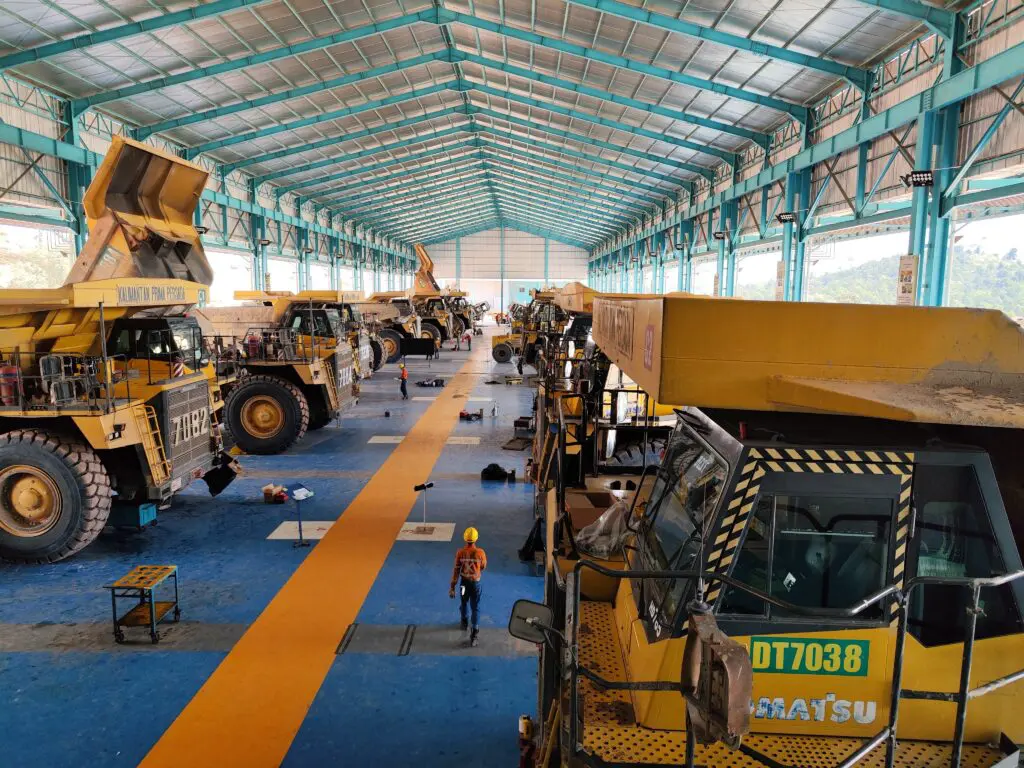A key role for recyclers in opening ‘a treasure trove of worn batteries and electrical devices’ is at the centre of a major report on the recovery of critical materials from the International Energy Agency (IEA).
The report, Recycling of Critical Minerals: strategies to scale up recycling and urban mining, shows that the growth in new mining supply for critical minerals could be brought down by between 25-40% by mid-century by scaling up recycling.
Specifically, this could mean cut new mine development needs by 40% for copper and cobalt, and by 25% for lithium and nickel by 2050. The IEA, established by the OECD, calculates the market value of critical minerals recycling could reach US$ 200 billion (EUR 191 billion) by 2050.
Mature marketplace
IEA executive director Fatih Birol says recycling is vital to meet the challenges around critical mineral supplies and to maximise those resources already available. ‘We have to take advantage of this treasure trove of worn batteries and electrical devices that could be revived and reused but to do so we must develop a mature marketplace for recycling to make it attractive and easily accessible,’ he argues.
Battery recycling capacity is expanding rapidly, with 50% year-on-year growth in 2023. China remains the global leader for pre-treatment and material recovery and is expected to maintain more than 70% market share in both areas toward 2030.
Recycling capacity is currently outpacing available feedstock but that picture could change dramatically after 2030 as more clean energy technology installations and electric vehicles reach end-of-life. There are major regional differences. China continues to see higher capacity relative to domestic feedstock.
In Europe and the United States, announced recycling capacity covers only 30% of feedstock by 2040. This is higher than in India, where the coverage in 2040 is just 10%.
Regulatory clarity
Policies are already in place to support recycling include financial incentives and industry-specific targets for material recovery, collection rates and minimum recycled content but many are not comprehensive, the report warns. Greater clarity on policies and regulations is also essential to support the uptake of battery recycling.
The IEA report warns that critical mineral recycling is not free from environmental and social impacts, arguing that poorly managed battery recycling may result in pollution, water contamination and other harmful emissions. Existing recycling standards needed to be strengthened.
The report sets out a series of key actions for policymakers to scale up critical mineral recycling, underpinned by detailed long-term policy roadmaps with clear targets and milestones that will offer greater certainty to investors.
Don't hesitate to contact us to share your input and ideas. Subscribe to the magazine or (free) newsletter.



